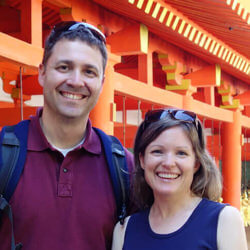Tokugawa Garden in Nagoya
Tokugawa Garden is located in Nagoya City, Aichi Prefecture. It’s a Japanese garden that once belonged to the Owari Tokugawa Shogunate family.
CONTENTS
Brief History
Tokugawa Garden was built in 1695 as a retirement home for Mitsutomo Tokugawa, the second Shogunate of the Owari clan, and the head of the Tokugawa family.
After his death, it became the main residence of the Owari clan. The property was then donated to the city of Nagoya, and opened to the public in 1932.
Tokugawaen Ryusen Pond | Tomio344456 | CC BY-SA 4.0, via Wikimedia Commons
Tokugawa Garden
Tokugawa Garden is a 5.7 acre Japanese strolling garden with a pond as its centerpiece.
The scenery of the garden is intended to convey the natural landscape of Japan. It has waterfalls, mountains, forests, and rock formations arranged around a shallow pond filled with koi fish.
Tokugawaen Ryusenko Koi Fishpond | Bariston | CC BY-SA 4.0, via Wikimedia Commons
There are approximately 300 Japanese maple trees throughout the garden, making it a popular destination in the autumn. The turning leaves are lit-up in the evenings from mid-November to early December, making this a popular destination to see the fall colors.
Tokugawa Garden Fall Colors | Tomio344456 | CC BY-SA 4.0, via Wikimedia Commons
Tokugawa Art Museum
The Tokugawa Art Museum displays items belonging to the Owari Tokugawa family, including items left by Ieyasu Tokugawa. It houses more than 10,000 items, including 9 national treasures and 59 important cultural properties.
Tokugawa Art Museum | Bariston | CC BY-SA 4.0, via Wikimedia Commons
The picture scroll of The Tale of Genji is one of the main attractions at the Tokugawa Art Museum. Because of its historical significance, replicas are usually displayed in the Masterpieces Collection Exhibition Room.
The original, which is believed to have been created in the 12th century, can only be viewed during special exhibitions from mid-November to early December.
Want a Unique Japan Trip?
Discover Japan planning secrets with our best-selling Itinerary Planning Course. Or inquire about our exclusive Small Group Tours.
Kuromon Gate
The Kuromon Gate, at the west entrance of the Tokugawa garden, is a black-lacquered Japanese elm gate that dates back to 1900. It’s a Yakuimon style gate, which was commonly used at the entrance of Samurai homes.
Tokugawa Garden West Gate | Tomio344456 | CC BY-SA 4.0, via Wikimedia Commons
It’s one of only a few remaining original structures of the property that eluded the air raids of 1945.


 Wiki
Wiki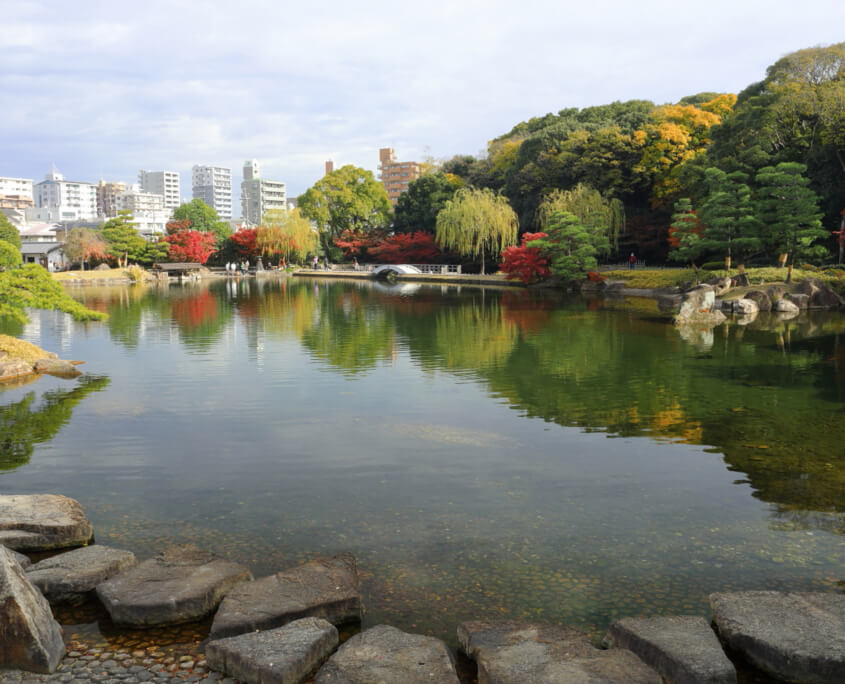
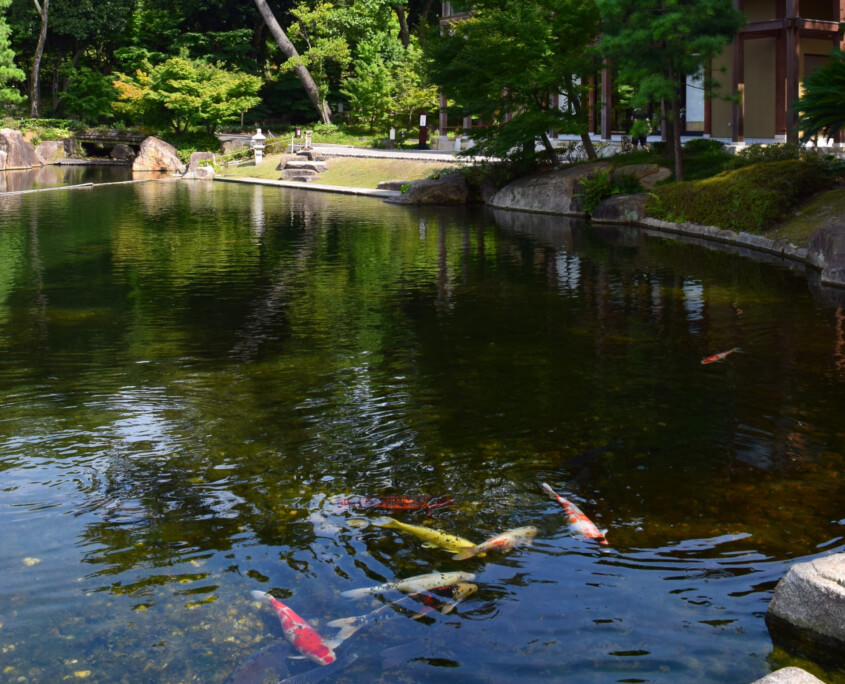
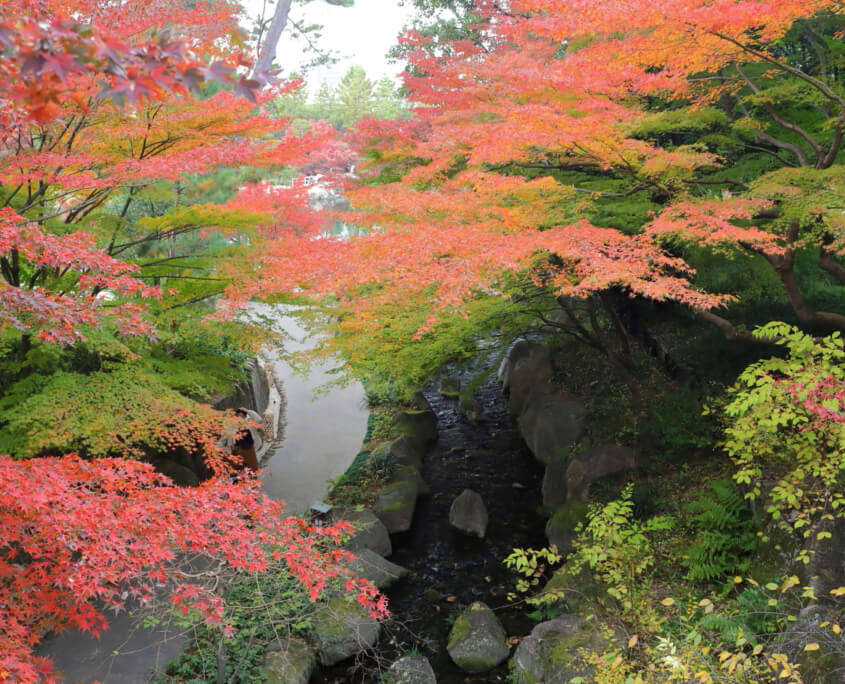
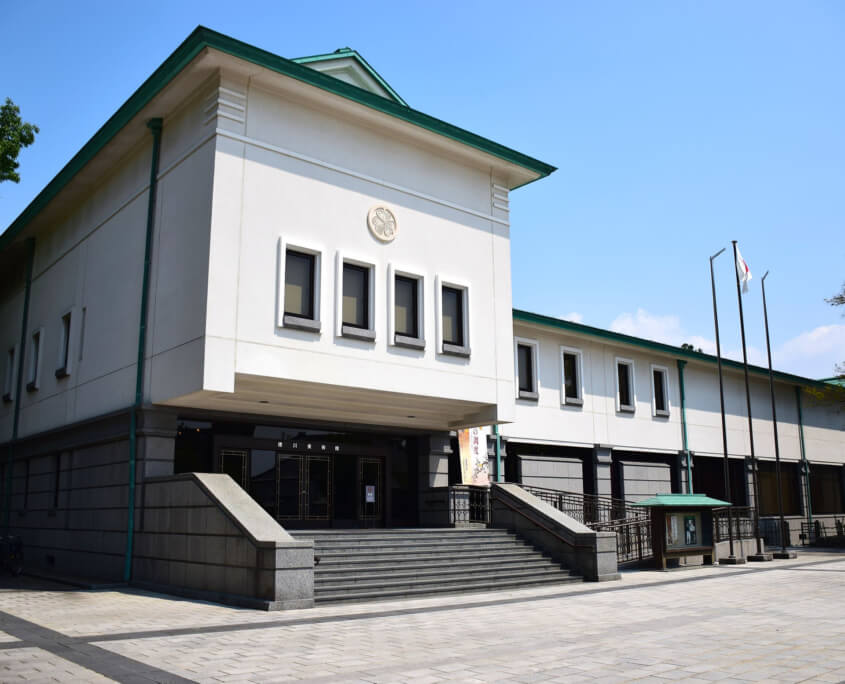

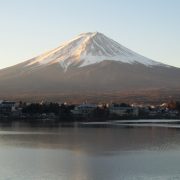 ©JAPAN and more
©JAPAN and more  @JAPANandmore
@JAPANandmore  JNTO
JNTO 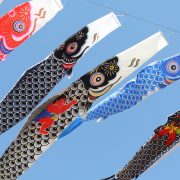
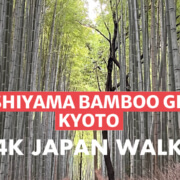 ©JAPANandmore.com
©JAPANandmore.com  @Prime Minister’s Office of Japan
@Prime Minister’s Office of Japan 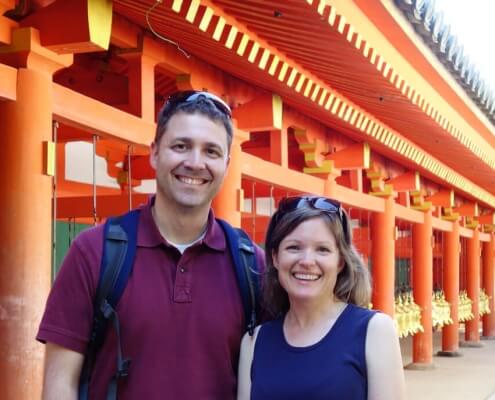




 ©JAPANandmore
©JAPANandmore
